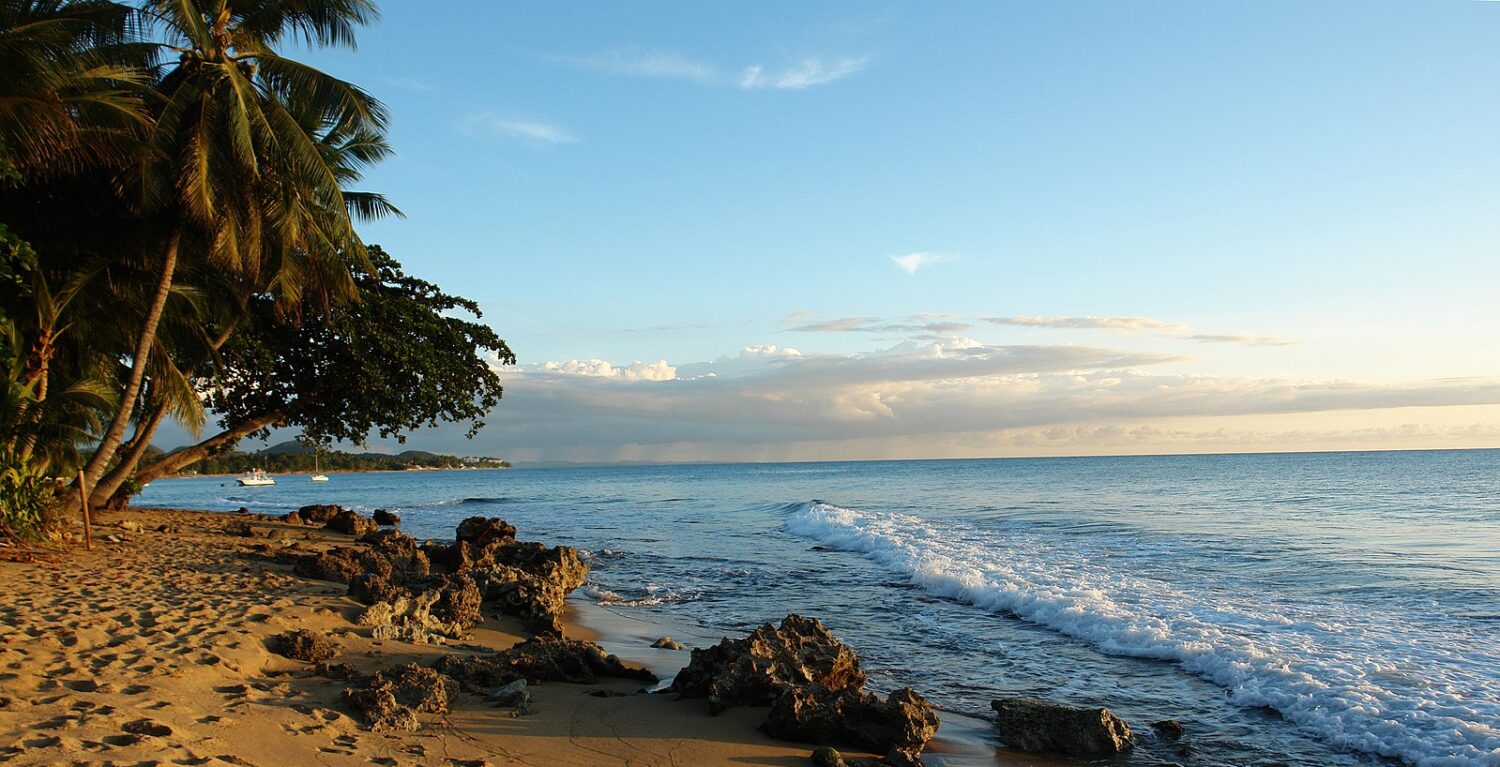Considered to be the 51st state of the United States of America, Puerto Rico has struggled to get the state recognition that was promised to them by the US government. Puerto Rico first became a territory of the US in 1898 when the Treaty of Paris was signed after the Spanish-American War, forcing Spain to cede Puerto Rico to the United States. Although occurring in 1898, Puerto Ricans were not considered citizens until 1917 when the Jones Shafroth Act was signed and passed making Puerto Rico a US territory. Despite this, Puerto Ricans face limited representation in the US government, highlighting a disparity that continues to shape the socio-political landscape. This historical backdrop sets the stage for the impact of events like Hurricane Maria, which ravaged the island on September 16, 2017. The hurricane’s relentless winds, torrential rains, and widespread flooding inflicted extensive damage to infrastructure, including roads, bridges, and electrical grids, plunging the island into a prolonged period of darkness and disarray. The hurricane’s toll on housing was equally devastating, with thousands of homes destroyed or severely damaged, leaving many displaced and vulnerable to the elements.
The aftermath triggered a mass exodus, as Puerto Ricans sought refuge elsewhere, while it also attracted newcomers drawn by economic incentives such as Act 20 and Act 22 both passed in 2012, which aimed to lure investors. Act 20, the Export Services Act, encourages Puerto Rican businesses to expand internationally to attract new businesses, while Act 22, the Individual Investors Tax Act, offers total tax exemption on passive income for investors who become bona fide residents by spending at least 183 days a year in Puerto Rico and not having been residents in the past 15 years. These two acts are exclusionary as they only take into account wealthy investors who can capitalize off the island and not natives who are constantly being displaced as a result of these policies and similar ones. Tax exemptions, coupled with economic disparities, have catalyzed the gentrification process that has reshaped Puerto Rican communities specifically post Hurricane Maria when there was a heightened exploitation of these two acts. Initially coined by sociologist Ruth Glass in 1964, gentrification refers to the influx of middle-class residents into deteriorating inner-city neighborhoods, often displacing existing lower-income communities. As wealthier interests invest in urban areas, low-income residents face displacement, cultural erasure, and limited opportunities.

US and Puerto Rican flag on a building in Puerto Rico by Lorie Shaull.CC BY 2.0
Through media, one can observe this catalyzation in the portrayal of Puerto Ricans, who are depicted in various lights from numerous political orientations such as liberal and conservative. The influence of media depictions of Puerto Ricans shapes public perception and attitudes toward the community. Throughout this research, I will analyze the question: What is the effect of political bias on gentrification rhetoric in Puerto Rico among news sources published from 2012 to 2023? The independent variable of the study will be political bias specifically in the US. Throughout my research, I will be defining political bias as left (liberal) and right (conservative), through various news sources published in the US according to allsides.com. The dependent variable of my study is the gentrification rhetoric in Puerto Rico and how that is demonstrated among news sources. I will assess the frequency of specific language use surrounding gentrification such as displacement, tax haven, and investors in Puerto Rico among the different political parties in news sources.
